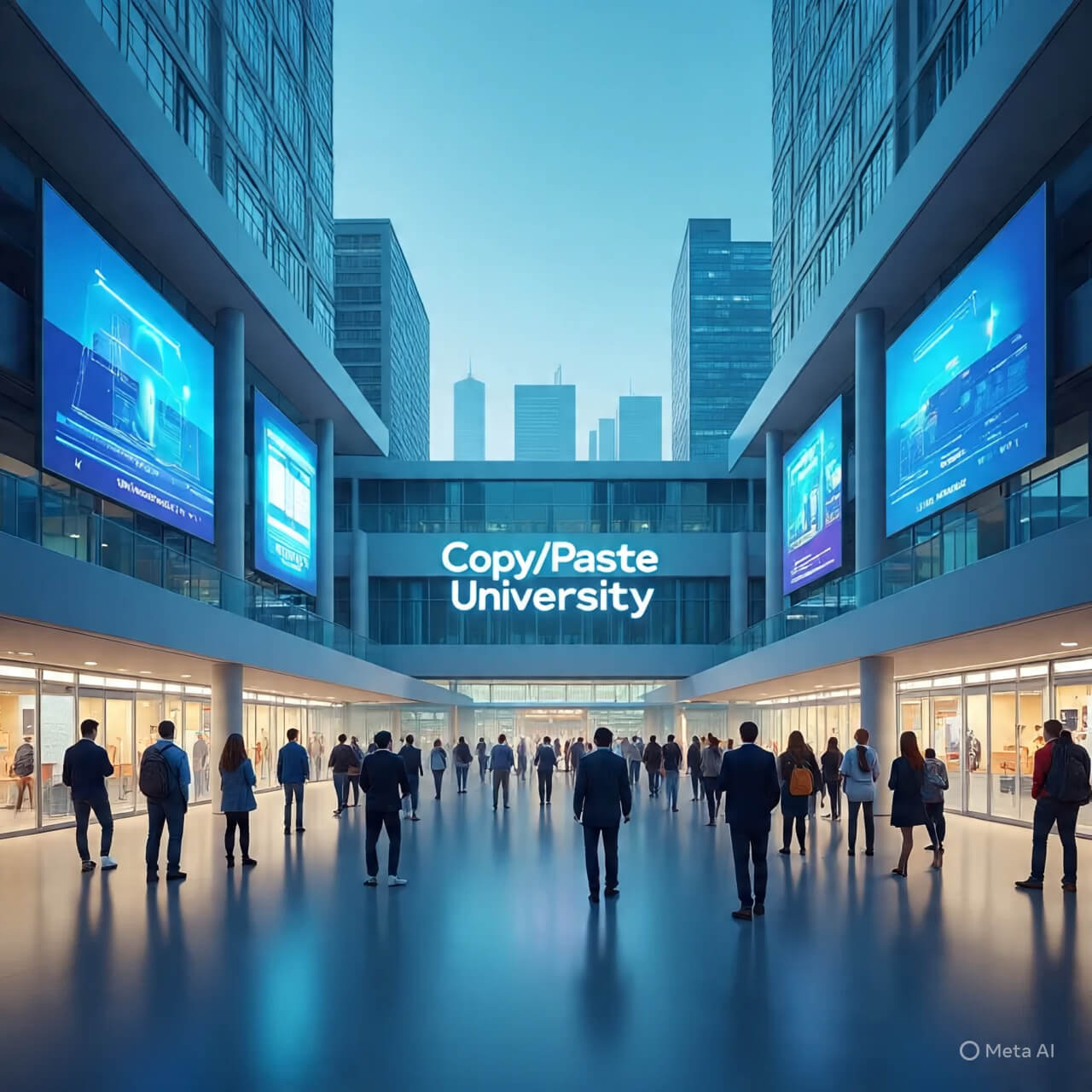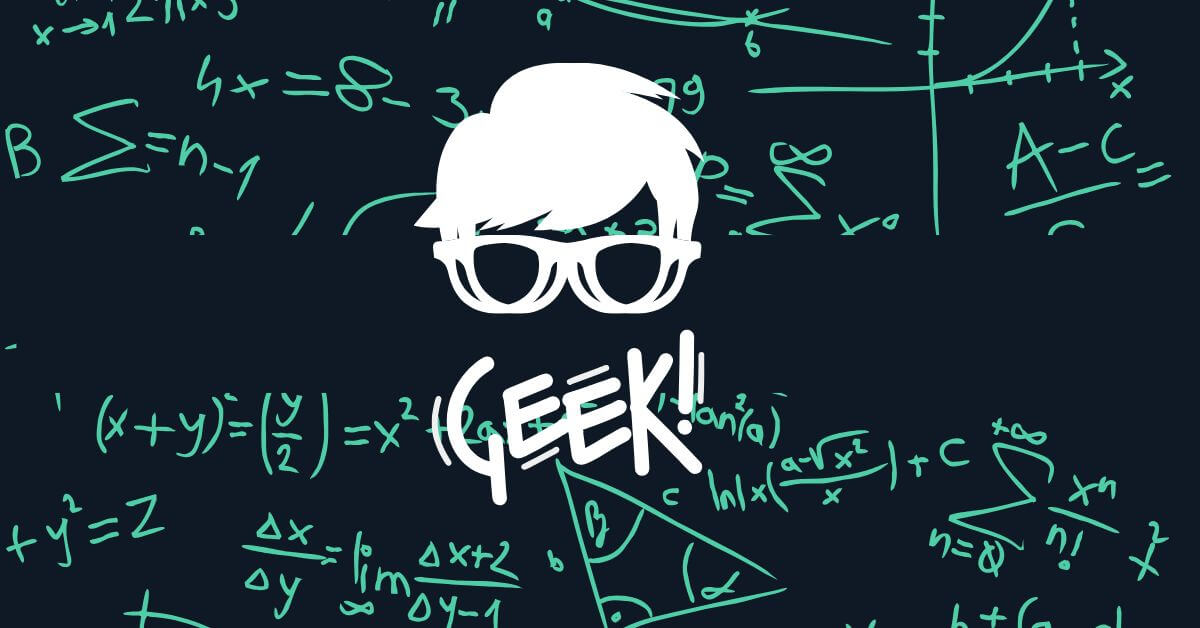Not hype. Not hallucinations. Just real prompts that move your brain forward.
By Jein Pabalinas | AIWhyLive.com
🧭 I. The Setup: When Your Brain Feels Like a Blank Doc
Creative ruts don’t announce themselves. They sneak in—right when you need to deliver, design, or draft something meaningful.
Photographer and educator Aarthi Arunkumar recently shared five AI prompts that helped her break through blocks in writing, photography, and teaching. They’re not magic. But they’re real, repeatable, and rooted in practice.
🔍 II. The Prompts That Work
1. Brainstorm Like a Pro
🗣️ “You’re a creative director with decades of experience. Give me ideas to photograph spaghetti with my phone.”
Why it works: It sets tone, expertise, and context—so AI responds with layered, genre-bending ideas. You get abstract, geometric, and raw ingredient shots you’d never think of alone.
2. Accelerate Your Research
🔍 “What inexpensive equipment do I need for dark, moody food photos with my phone?”
Why it works: AI becomes your research assistant—saving hours of YouTube rabbit holes and price comparisons. Add location and season, and it’ll even suggest parks for wildlife photography.
3. Simplify the Technical Stuff
🎨 “How do I create color harmony in wildlife photos?”
Why it works: Even seasoned creatives forget the basics. AI breaks down theory into usable steps—fonts, color palettes, and design principles you can actually apply.
4. Visualize the Invisible
🖼️ “Help me create a mockup for a photo exhibition in a 13×6.7 ft room.”
Why it works: AI helps you storyboard layouts, sizes, and flow—without needing to physically rearrange a space. It’s especially powerful for teachers explaining creativity to students.
5. Edit for Mood and Audience
🧪 “How can I edit this photo for a vintage film look?”
Why it works: Claude won’t edit your image directly, but it gives step-by-step instructions. You learn new styles, push boundaries, and build your own editing vocabulary.
🧍 III. What This Means for Creators
AI won’t give you genius. But it can give you momentum, structure, and new angles.
The key is to:
- Set clear roles in your prompt (e.g., “You’re an award-winning wildlife photographer”)
- Add context (location, mood, audience)
- Treat AI as a collaborator—not a shortcut
💬 Final Thought: Why Live With AI?
AI isn’t your muse. But it might just be your creative sparring partner.
When your brain feels blank, when your ideas feel stale, when your process feels stuck—
AI can nudge you sideways, poke your assumptions, and remind you that creativity is a conversation.
At AIWhyLive.com, we’ve long argued that prompt literacy is more than knowing what to type—it’s knowing what’s at stake. In Prompt Literacy vs. Fluency, we unpack how strategic prompting shapes not just outputs, but power, access, and agency. And in Prompt Theft and AI Ownership Risks, we expose how prompts—once seen as disposable—are now intellectual property, vulnerable to extraction, exploitation, and bias.
So when you use these five prompts, you’re not just breaking a rut. You’re practicing a skill that will define the next decade of creativity.
Because in the age of AI, your prompts are your voice. And your voice deserves to be heard, protected, and sharpened.







